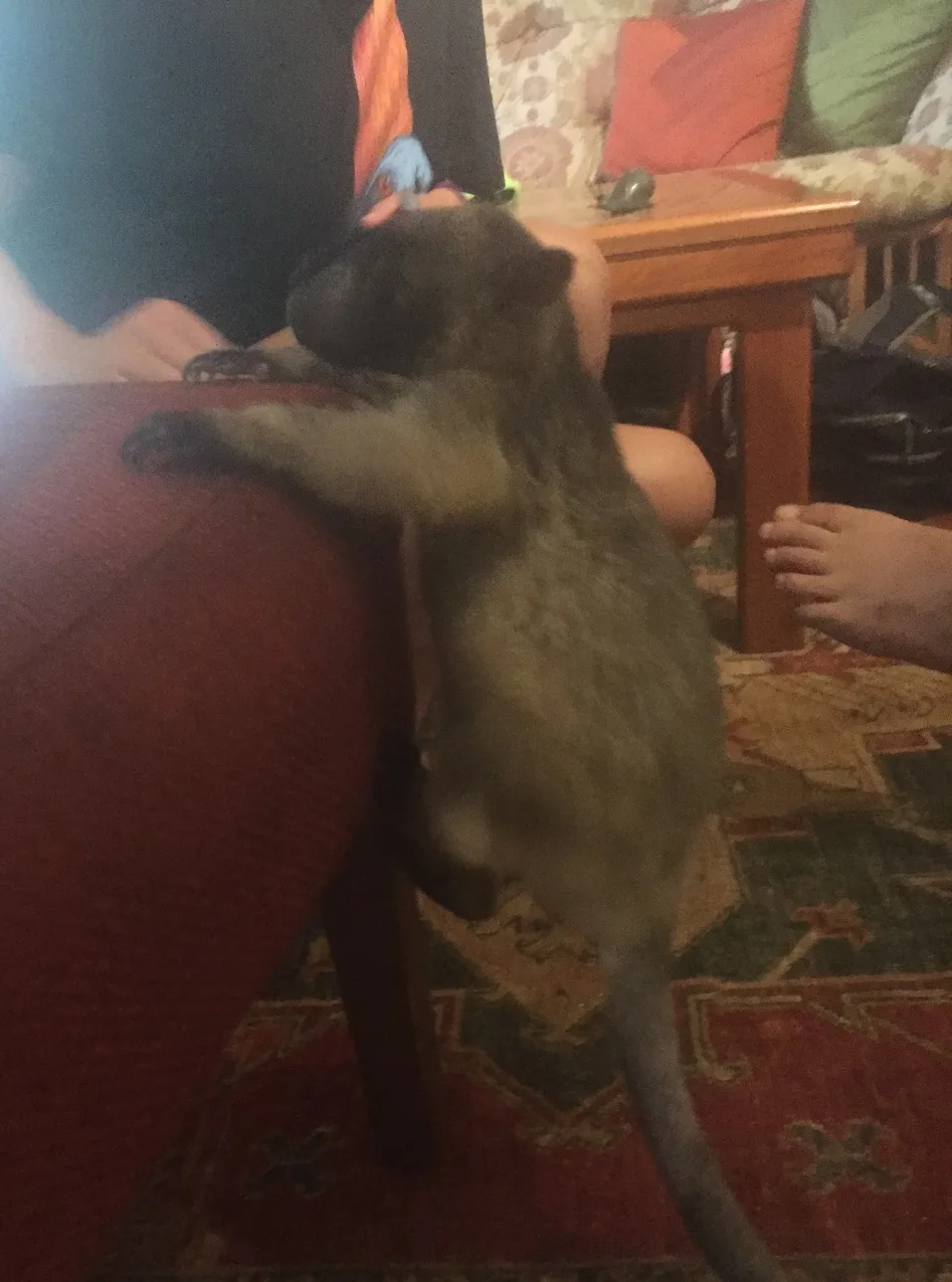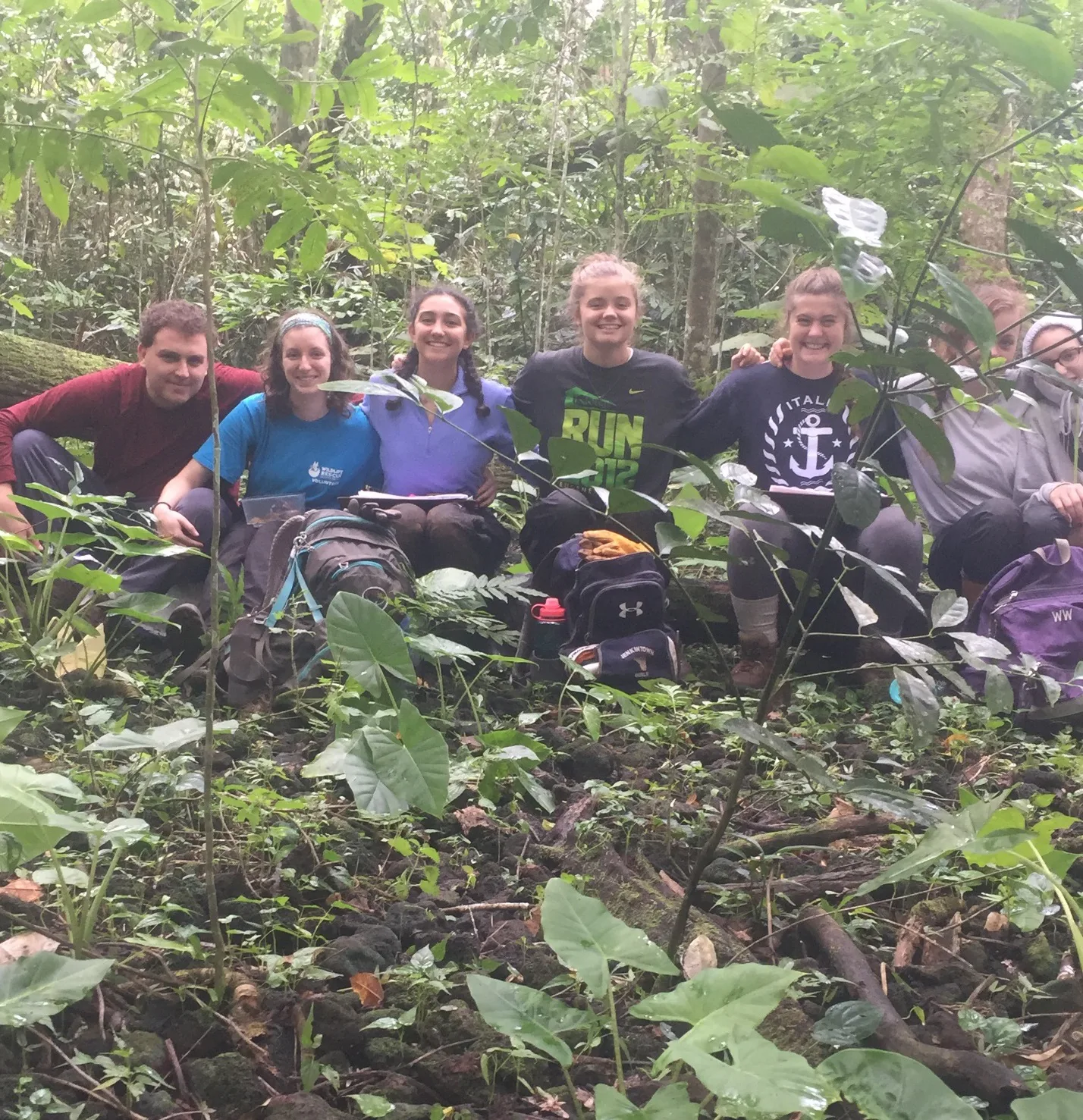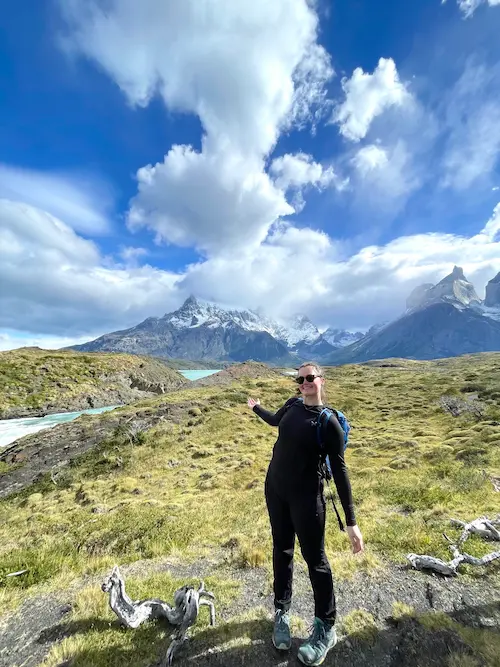In the Field with the Lumholtz’s Tree Kangaroo
In the past two weeks, our days have been consumed by directed research data collection. My group has been working with Lumholtz’s tree kangaroos (LTK), splitting our time between observing the behavior and interactions between mother and joey and also assessing potential LTK habitats for signs of relative density. Even though the tree-roos are a popular species in the Atherton Tablelands (due to how adorable they are and because they are kangaroos but in trees), not much is known about their behavior or habitat preferences. My project is focused on trying to revise a method to better be able to assess relative density and population size of the tree kangaroos within a specific habitat. Being able to participate in a research project that can allow for better protection of this amazing species has been an extremely rewarding experience and definitely worth sifting through dirt looking for LTK feces these past two weeks.

Dobby, the baby Lumholtz’s tree kangaroo
Other DR groups have been busy as well, travelling across the Atherton Tablelands assessing the local risk perception of climate change, and trekking through the bush assessing the differences in composition of rainforest and wet sclerophyll forest. Although we have all been away doing our own research during the day, it was always exciting to come home for dinner and hear about everyone’s daily adventures—from beautiful drives through granite rocks, to holding Norman the baby green ringtail possum, and hearing the great news that 93% of this area perceives climate change as a threat. While there were some bumps in the road, with stinging trees and scrub itch, we all made it out of the data collection period smiling down the Gillies to spend a weekend in Cairns.

My DR group at the crater of the Yungaburra Cinder Cone while collecting data (before the scrub itch)
For the remainder of our time together, we are getting back to a normal schedule, spending our days at the center analyzing our data, writing up our DR papers, and preparing our final presentations. Of course, plenty of this time will be spent doing work, but I’m so excited to get to spend the next two weeks as a group again—being able to play volleyball, watch movies, and eat meals together again. Spending these past two weeks apart has truly made me realize how incredible everyone on this program is and how much they mean to me. Knowing we only have two weeks left at Warrawee is something none of us are ready to admit to ourselves. I can’t pinpoint what exactly I was expecting to get out of this program coming in, but I am so happy with what I have gotten out of it because this experience has truly been one like no other, and something I wouldn’t change for the world.
Related Posts


